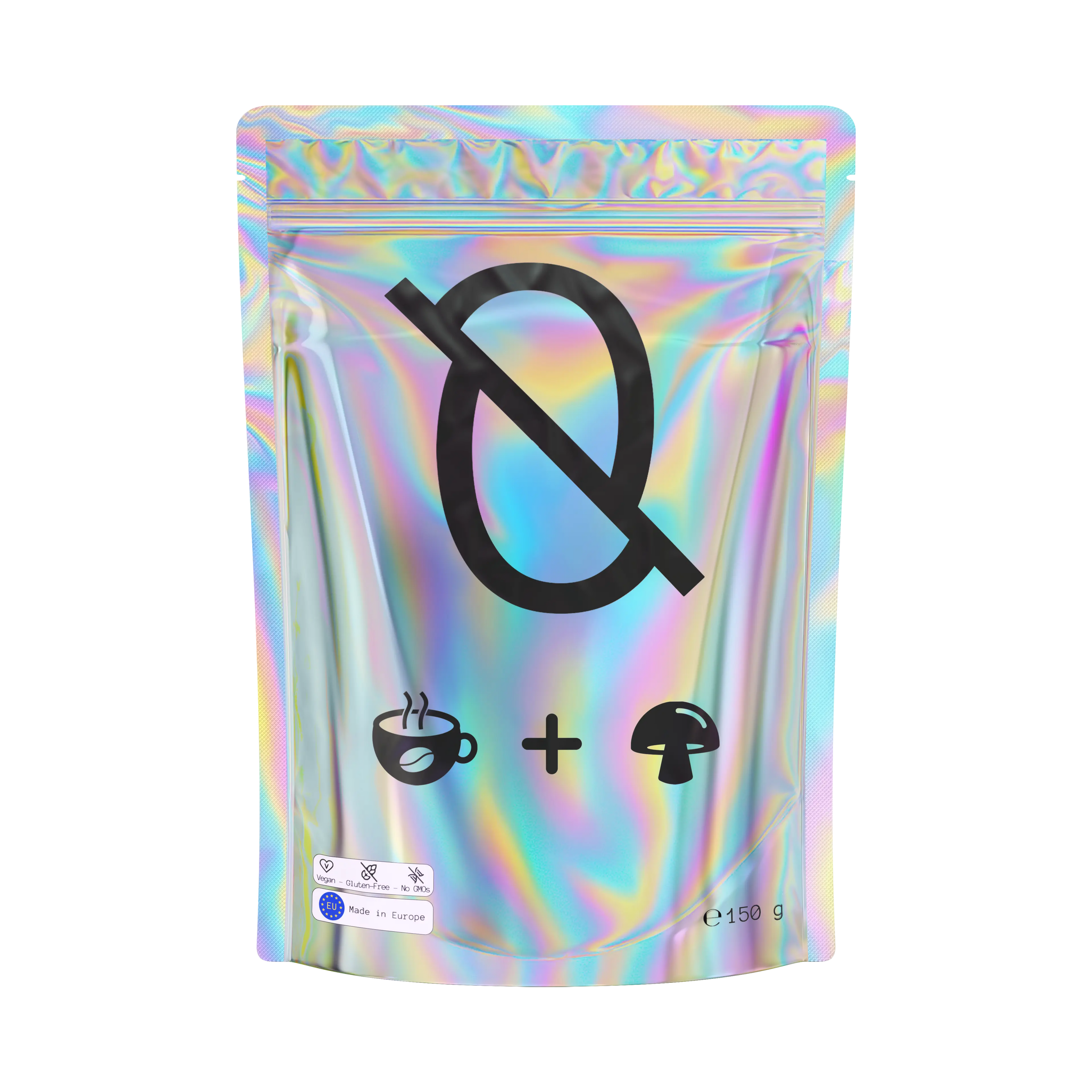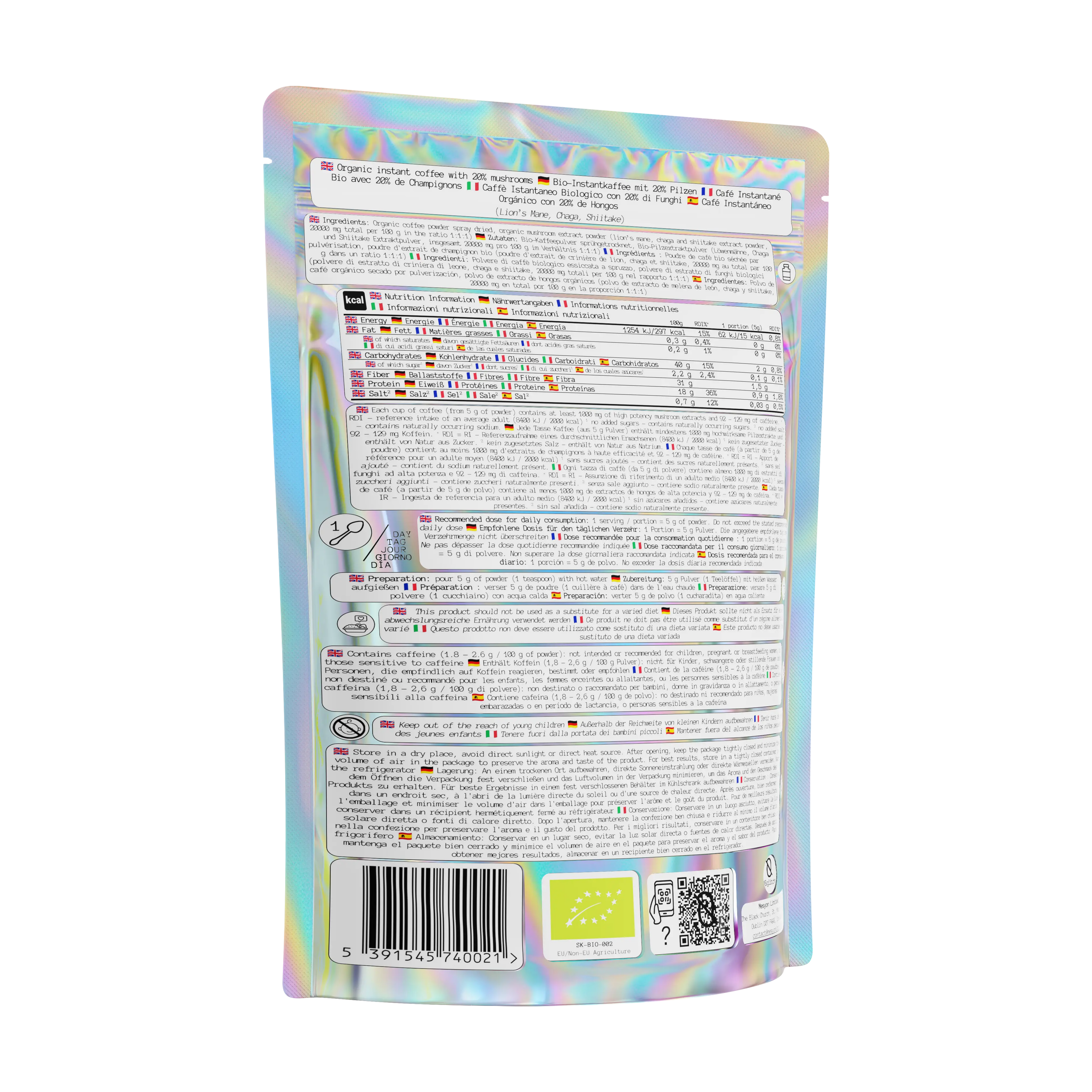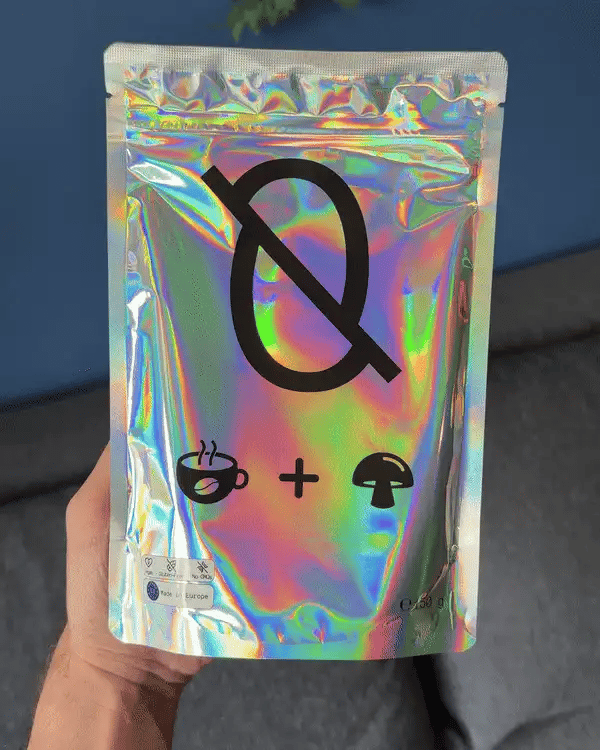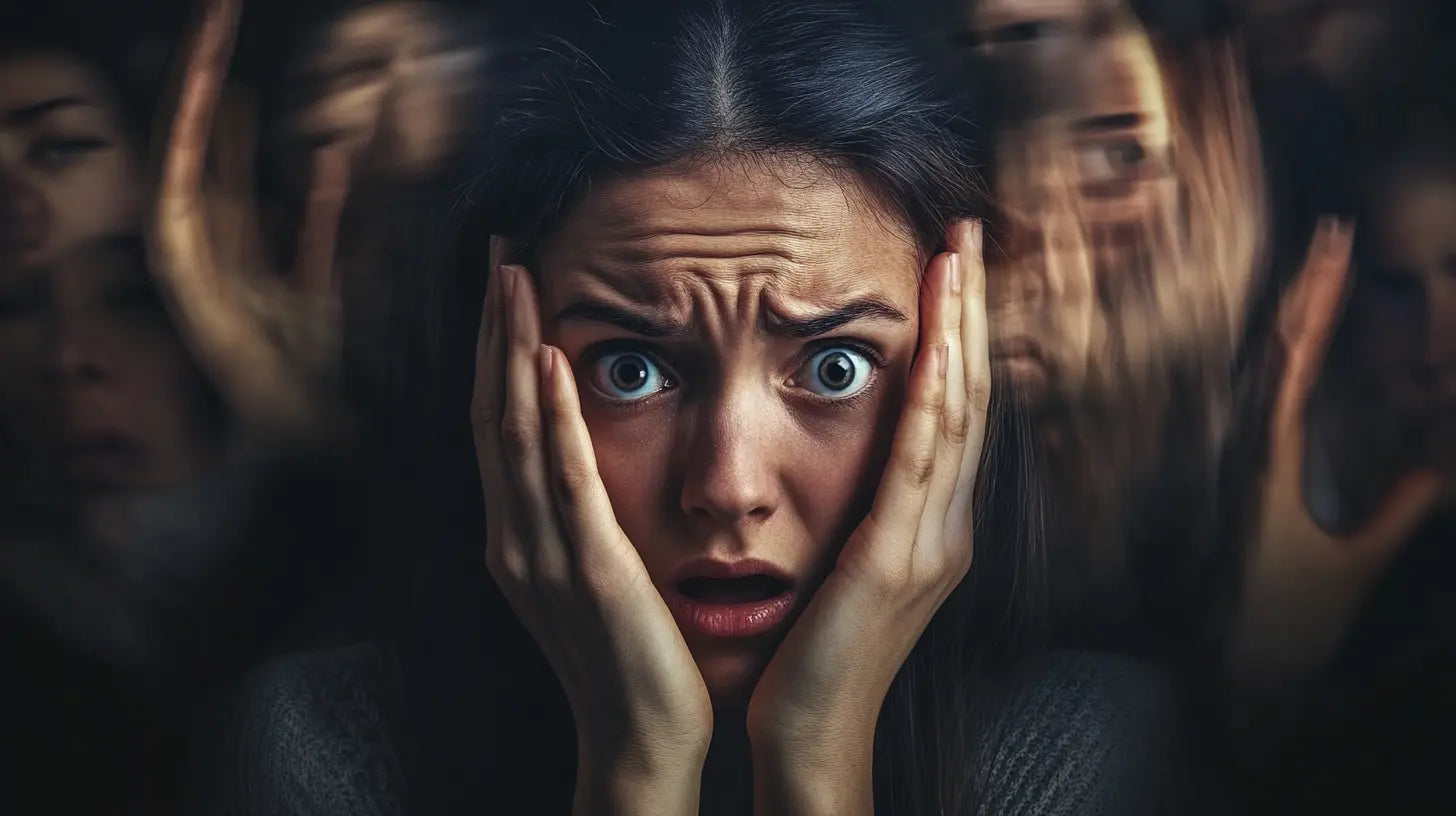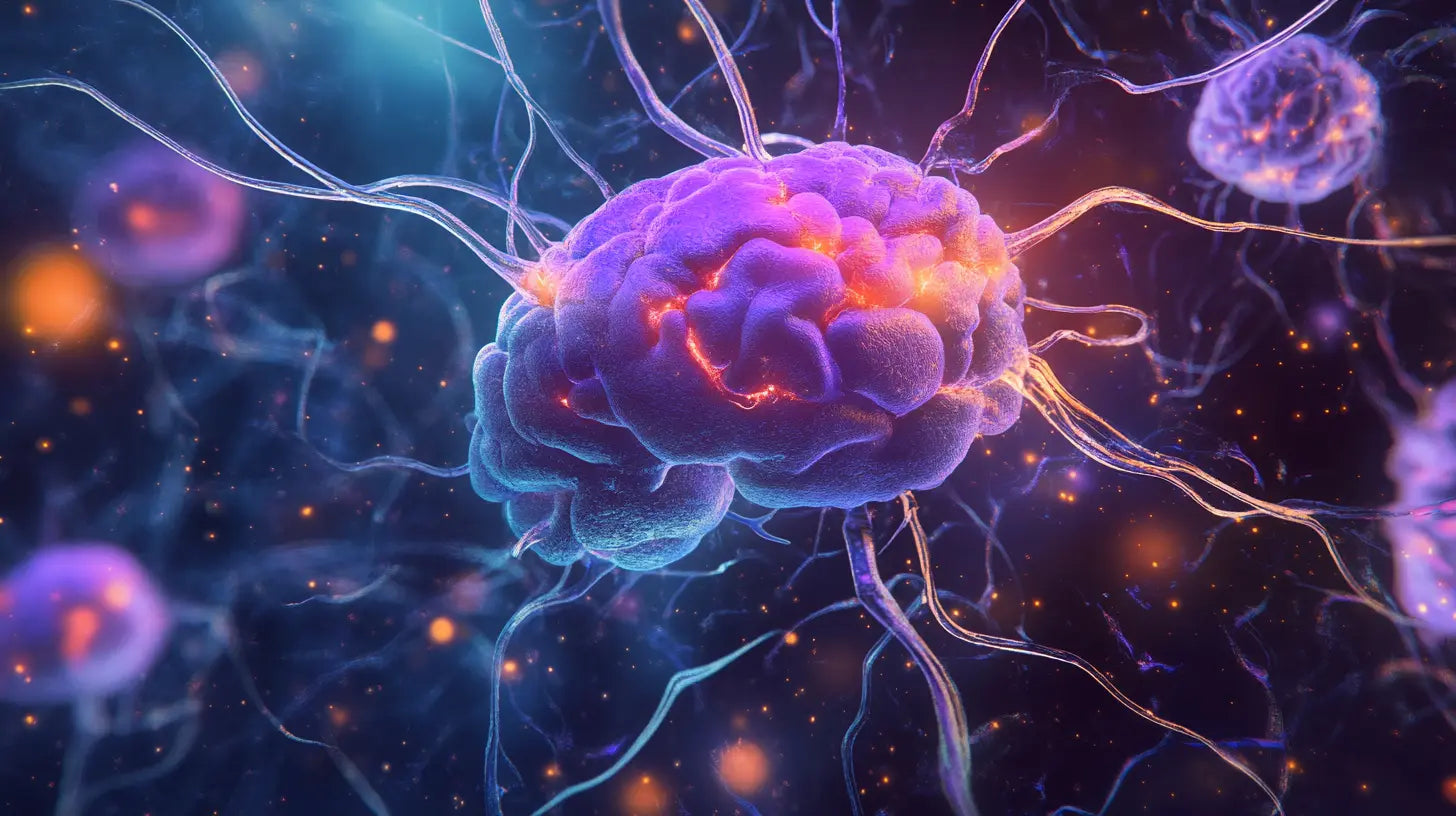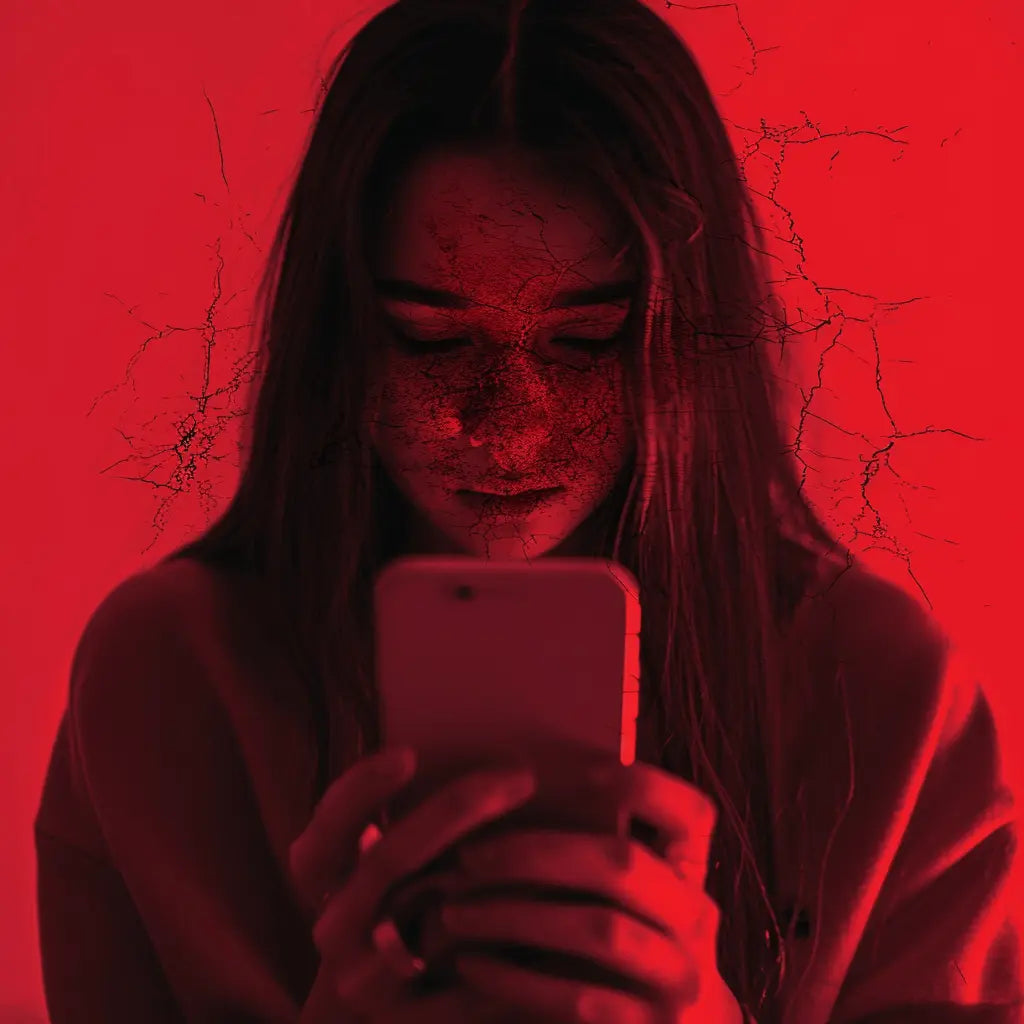
The dark side of TikTok: delving into the addiction phenomenon
With over 1 billion active users across the globe, TikTok has quickly become a household name. The short-form video app has taken the world by storm, capturing the attention of people from various age groups and backgrounds. While the app provides hours of entertainment with dance challenges, lip-syncing performances, and comedic skits, there is an underlying addiction danger that many may not be aware of. As more people find themselves glued to their screens, the sensation of being addicted to TikTok has become a growing concern for both mental health professionals and users alike.
Understanding the TikTok Addiction Mechanism
TikTok's features have been strategically designed to compel users to spend as much time as possible on the app. By implementing elements such as autoplay, never-ending content loops, and personalized recommendations, the platform cleverly taps into human psychology to fuel addiction. Let us examine some key aspects that contribute to the growth of this addiction phenomenon:
Instant Gratification through Micro-entertainments
TikTok videos usually last anywhere from 15 seconds to one minute, delivering bite-sized pieces of content at lightning-fast speed. These micro-entertainments provide quick satisfaction and constantly refresh new visual stimuli, keeping viewers hooked. This endless supply of gratifying moments creates a seemingly insatiable need for entertainment, leading users to endlessly scroll through their feeds in search of the next dopamine rush.
Personalized Algorithm Feeding Your Desires
One significant factor that contributes to addiction is the highly sophisticated recommendation algorithm that continuously adjusts to your preferences. Through analyzing data from your interactions with content and other users, the algorithm determines what you might like and offers targeted videos. The result is a hyper-personalized feed that feels almost irresistible, trapping users in an echo chamber of content tailored specifically to cater their interests.
Social Validation and FOMO
As with any other social media platform, TikTok thrives on user interactions and the desire for social validation. Likes, comments, shares, and followers all serve as indicators of success and popularity, tempting users to seek more engagement at all costs. Additionally, the fear of missing out (FOMO) on viral trends or challenges fuels the addiction further, as users constantly check the app not to miss their opportunity to participate.
Recognizing the Signs of TikTok Addiction
Like any other form of addiction, recognizing the signs early can help prevent it from spiraling out of control. Typically, such signs manifest as behavioral shifts and negative impacts on daily life. Here are some common indicators:
- Excessive time spent on the app: Spending hours endless scrolling, watching, and creating videos is a clear indication of compulsive behavior.
- Neglecting responsibilities: School, work, or personal obligations begin to take a back seat as prioritizing TikTok consumption takes precedence.
- Mental preoccupation: An inability to focus on tasks or conversations without drifting back into thoughts of TikTok activities.
- Withdrawal symptoms: Feelings of irritation, anxiety, or sadness when unable to access the app or connect to the internet might indicate dependency.
- Compromised relationships: A decline in the quality of personal connections as a result of prioritizing app usage over spending time with family and friends.
Breaking Free from the Clutches of TikTok Addiction
Acknowledging and addressing the potential dangers of TikTok addiction is vital for ensuring a balanced life. Taking proactive measures to regain control can help mitigate negative impact:
Setting Boundaries and Limits
Establishing clear boundaries and time limits on app usage helps in curbing addictive habits. Schedule specific break times during the day, or allocate a maximum amount of minutes you will allow yourself to use the app daily.
Reducing Exposure to Triggers
Uninstalling the app or using website blockers during work hours ensures focus isn't diverted toward TikTok temptations. Log off your account or disable notifications to reduce FOMO-related anxiety caused by feeling left out of conversations or challenges.
Taking Breaks from Social Media
Periodic detoxes from not only TikTok but other social media platforms create space for mental clarity, self-reflection, and reevaluation of priorities. Fostering healthier habits by indulging in hobbies or spending quality time with loved ones strengthens emotional resilience.
Seeking Professional Help
If symptoms persist despite self-help strategies, it might be necessary to seek support from a mental health professional who specializes in addressing behavioral addictions. Therapeutic approaches such as Cognitive Behavioral Therapy (CBT) may be helpful in breaking addictive cycles.
Preventing Further Addictions in the Digital Era
The issue of addiction extends beyond TikTok. Similar patterns have emerged in relation to other popular social media platforms and even gaming. There's an urgent need for all stakeholders involved – including tech companies, regulators, mental health professionals, users, and their families – to address the proliferation of digital addictions head-on.
Collaborative efforts should aim for responsible tech development, public awareness, and education initiatives that foster a balanced relationship with our devices. Mindful consumption of digital content will empower individuals to harness the benefits of these platforms without succumbing to destructive addictive patterns.
0 comments
Disclaimer
The information in this article is for educational and informational purposes only. If this article discusses psychedelics, supplements, or wellness practices, it is not intended to promote, endorse, or encourage illegal activities or unverified health claims.
n0glitch does not sell or distribute psychedelic substances and does not provide medical, legal, or professional advice. Always consult a qualified healthcare provider before making health-related decisions.
Laws regarding psychedelics and supplements vary by country and region. Please research and comply with local regulations.

